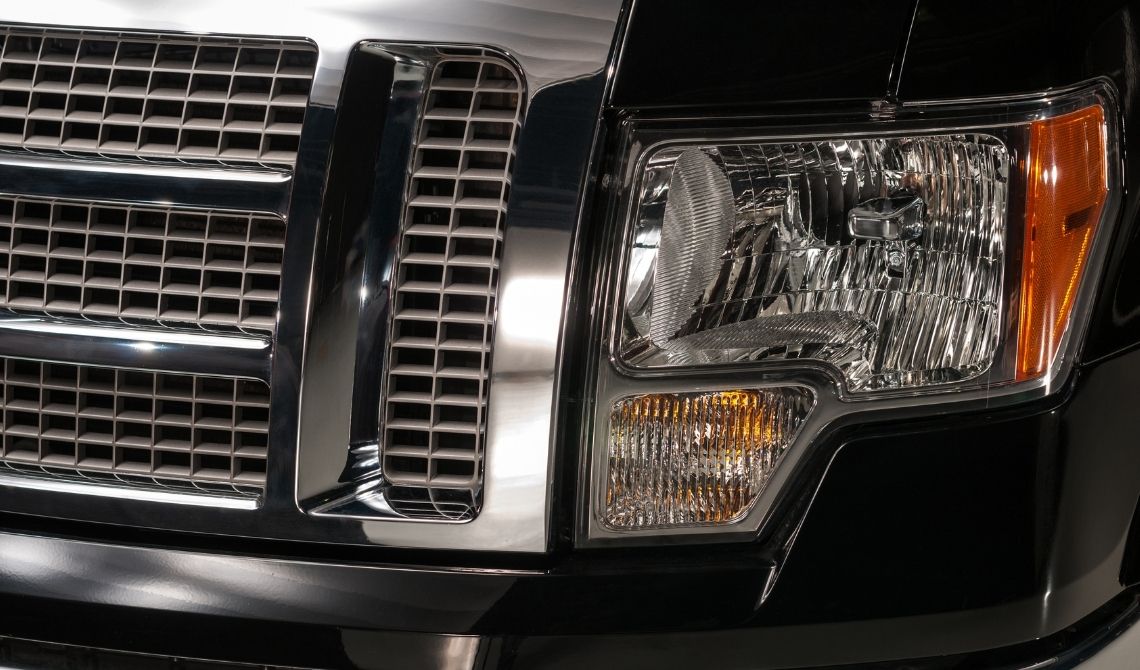
Truck headlights, often overlooked yet vital, stand as beacons of safety on our roads. This comprehensive guide navigates through diverse truck headlight types, technological advancements, regulatory standards, and stresses the importance of maintenance. As these beams cut through darkness, they significantly enhance visibility, reduce accidents, and contribute to overall road safety.
I. The Critical Role of Truck Headlights
- Enhancing Visibility: At its core, truck headlights exist to provide enhanced visibility, especially during low-light conditions. The powerful beams not only illuminate the road for the truck driver but also signal other drivers and pedestrians about the presence of a substantial vehicle on the road.
- Safety in Darkness: The importance of truck headlights becomes evident during nighttime driving. Without proper illumination, the risk of accidents and collisions increases. Well-designed headlights ensure the road ahead is well-lit, allowing the driver to spot obstacles, signage, and potential hazards.
- Navigating Adverse Conditions: Beyond the night, truck headlights play a crucial role in adverse weather conditions such as heavy rain, snow, or thick fog. Different headlight types are designed to handle diverse weather challenges, providing drivers with the necessary visibility to navigate safely.
II. Types of Truck Headlights
- Halogen Headlights: A traditional choice, halogen headlights operate by passing an electric current through a tungsten filament in a halogen gas-filled bulb. Known for affordability and ease of replacement, halogen headlights offer decent illumination, although their lifespan is shorter than newer technologies.
- HID (High-Intensity Discharge) Headlights: Gaining popularity for intense and bright illumination, HID headlights create an electric arc within a gas-filled bulb. While energy-efficient, HID headlights may have a brief warm-up period before reaching full brightness.
- LED (Light-Emitting Diode) Headlights: Modern trucks favor LED headlights for their instant full brightness, energy efficiency, durability, and resistance to vibrations. Operating on semiconductor technology, LED headlights are a reliable choice for manufacturers.
- Projector Headlights: Often found in high-end trucks, projector headlights use a lens to focus light, creating a controlled and directed beam. Beyond functionality, projector headlights contribute to the aesthetic appeal of the vehicle, enhancing both style and visibility.
- Composite Headlights: Blending different lighting technologies, composite headlights offer versatility. They may integrate halogen, HID, or LED bulbs, along with additional features like daytime running lights (DRLs) or turn signals, catering to diverse lighting needs.
III. Technological Advancements
- Adaptive Headlights: Representing a significant leap, adaptive headlights adjust based on the truck’s speed, steering, and elevation changes. This feature enhances safety by providing improved illumination around corners and over hills, reducing the likelihood of accidents caused by limited visibility.
- Automatic High Beams: Systems using sensors to detect oncoming traffic automatically adjust headlight brightness, avoiding blinding other drivers. This feature optimizes visibility while prioritizing the safety of all road users.
- Smart Headlight Systems: Leveraging sensors, cameras, and connectivity, smart headlight systems adapt to various driving conditions in real-time. These systems dynamically adjust the beam pattern, intensity, and direction, optimizing visibility without causing glare for other drivers.
IV. Regulations and Standards
Truck headlights adhere to stringent regulations and standards to maintain uniformity and safety on the roads. In the United States, the Federal Motor Vehicle Safety Standards (FMVSS) establish guidelines for headlight performance, covering aspects like brightness, beam pattern, and proper aiming. Adherence to these standards is mandatory for manufacturers to certify their vehicles for road use.
V. Proper Maintenance
Proper maintenance is crucial for optimal headlight performance. Key tips include:
- Regular Cleaning: Dirt and debris can accumulate, reducing headlight effectiveness. Regularly clean headlights with a soft cloth and non-abrasive cleaner to preserve maximum visibility.
- Aiming Adjustment: Proper headlight aiming is crucial for optimal illumination without causing glare. If headlights are misaligned, professional adjustment is necessary to meet required specifications.
- Bulb Replacement: Promptly replace burned-out bulbs to avoid compromised visibility. Keep spare bulbs in the truck for emergencies and conduct regular inspections for wear or damage.
- Lens Restoration: Headlight lenses may become cloudy or yellowed over time, reducing light output. Consider using a headlight restoration kit to polish and restore lens clarity, ensuring optimal visibility.
VI. Conclusion
Truck headlights, often underappreciated, are indispensable for road safety. From traditional halogen to cutting-edge smart systems, their evolution prioritizes safety and efficiency. Understanding different types, embracing technological advancements, adhering to regulations, and practicing proper maintenance are crucial for ensuring truck headlights fulfill their indispensable role in enhancing road safety. As we navigate through highways, let’s acknowledge and appreciate the vital role these beams of light play in making our roads safer and our travels more secure.
For detailed information: Truck Headlights


